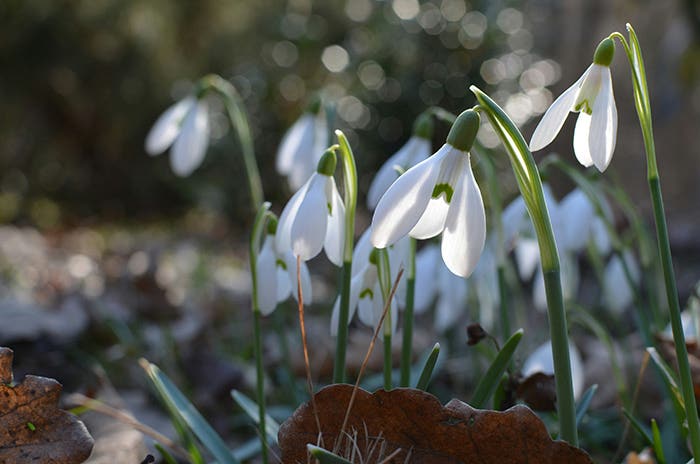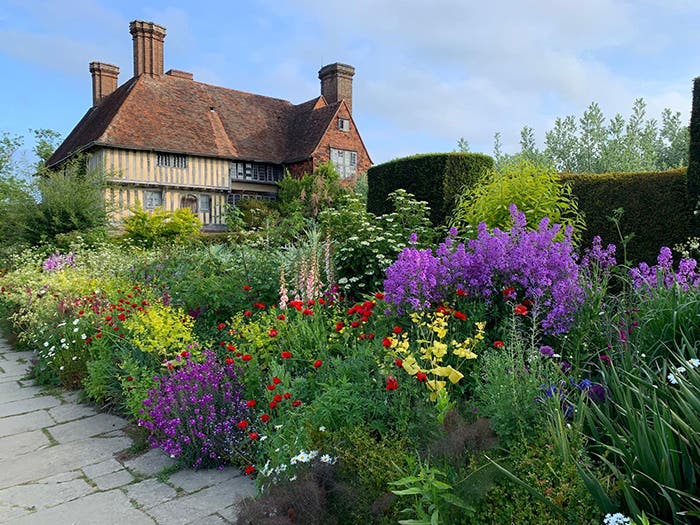Where modern hybrid varieties are often bred for maximum yield, consistency and long distance shipping, heirlooms were typically grown for their ability to provide delicious food from our great grandparents’ gardens. That’s why many of us remember the first time we tasted a sun-kissed heirloom tomato straight from the backyard; especially if our earlier experiences had been the rubbery, out-of-season tomatoes from the store.All heirloom varieties have open-pollinated seeds that reproduce true-to-parent plants. This allows seeds to be harvested and saved for future generations to grow, unlike modern hybrid varieties. The four main sources of heirlooms:
- Families: Seeds passed along for generations by family members; typically 50 years or older.
- Commercial: Heirlooms acquired by seed companies and marketed to the public.
- Created: Specially created heirlooms that still have open-pollinated seeds, which can be saved and replanted. For instance, ‘Green Zebra’ tomato was bred from four heirlooms.
- Mystery: These are accidents of nature; created from natural cross pollination.
Growing heirlooms is one of the best ways to protect food diversity, according to John Torgrimson, executive director of Seed Savers Exchange, which maintains one of the nation’s largest heirloom collections. It's based in Decorah, Iowa.
“Every time you plant, save and pass along heirloom seeds,” says Torgrimson, “you are protecting the nation’s genetic diversity. In essence, the more people who grow and save heirloom seeds, the more effectively we can preserve our diverse garden heritage for future generations.”
__________________________________________________________________________________
Teresa O'Connor writes about heirloom fruits and vegetables in the May/June 2011 issue of Horticulture. She is also a co-host of Nest in Style on Horticulture Radio.







